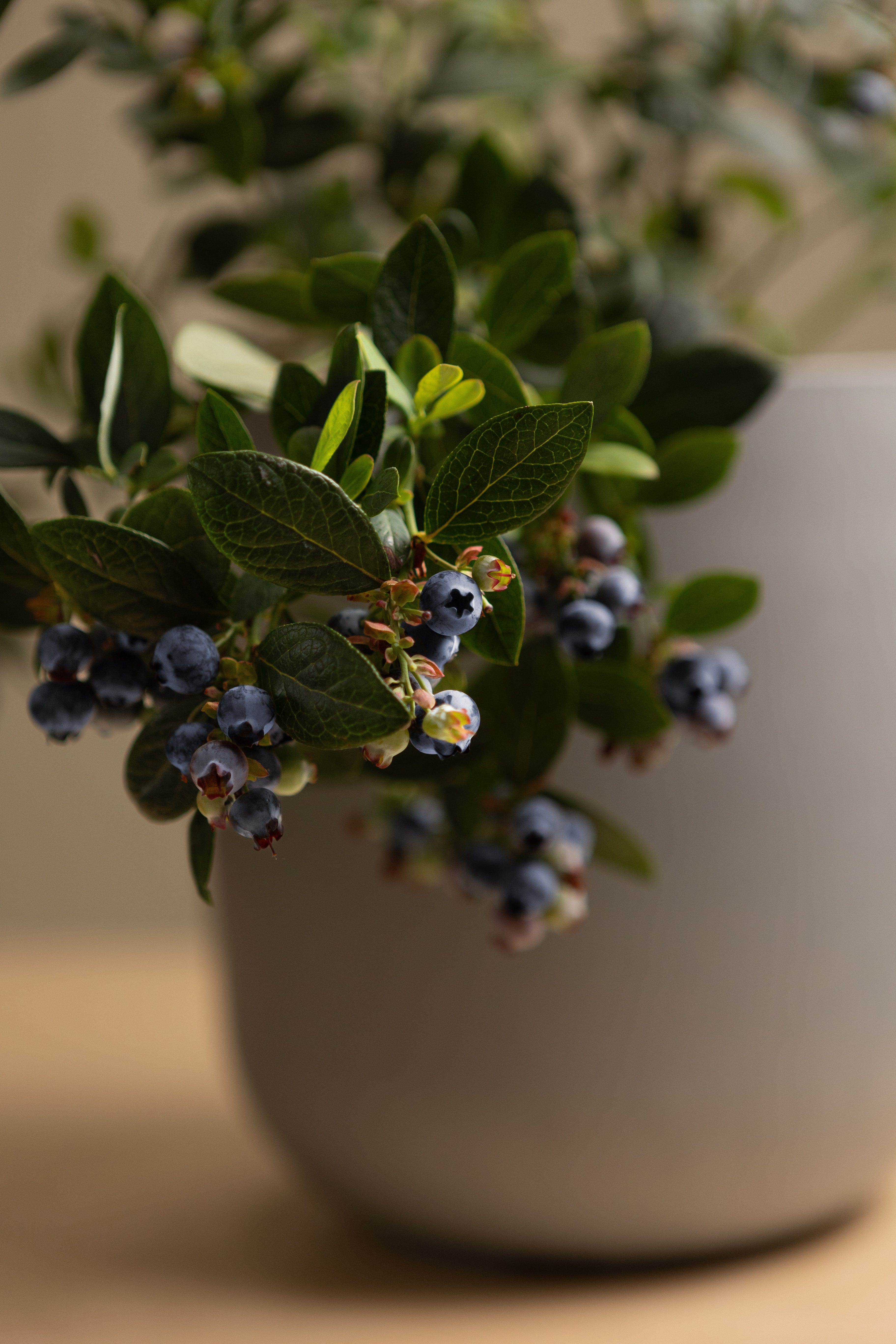
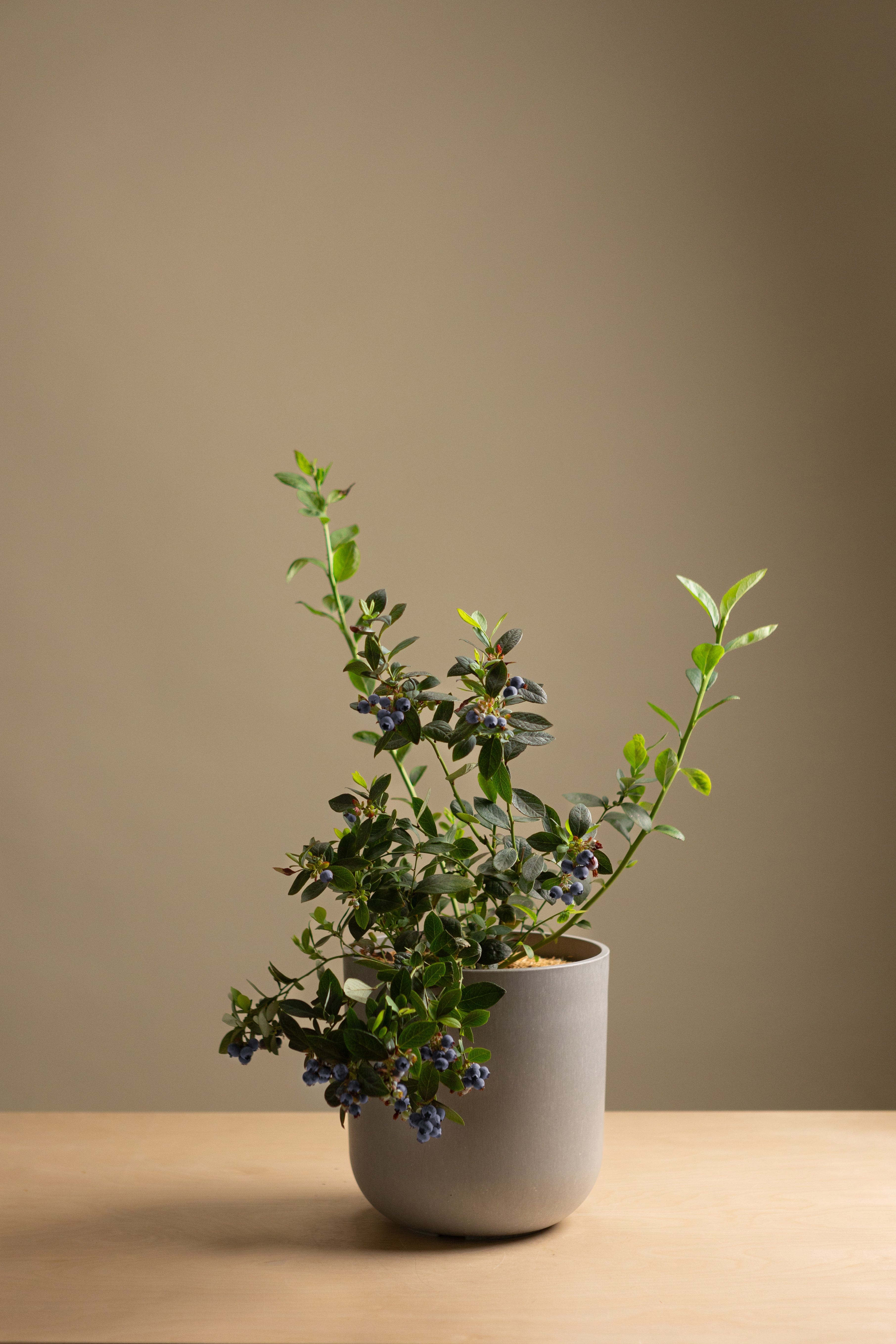
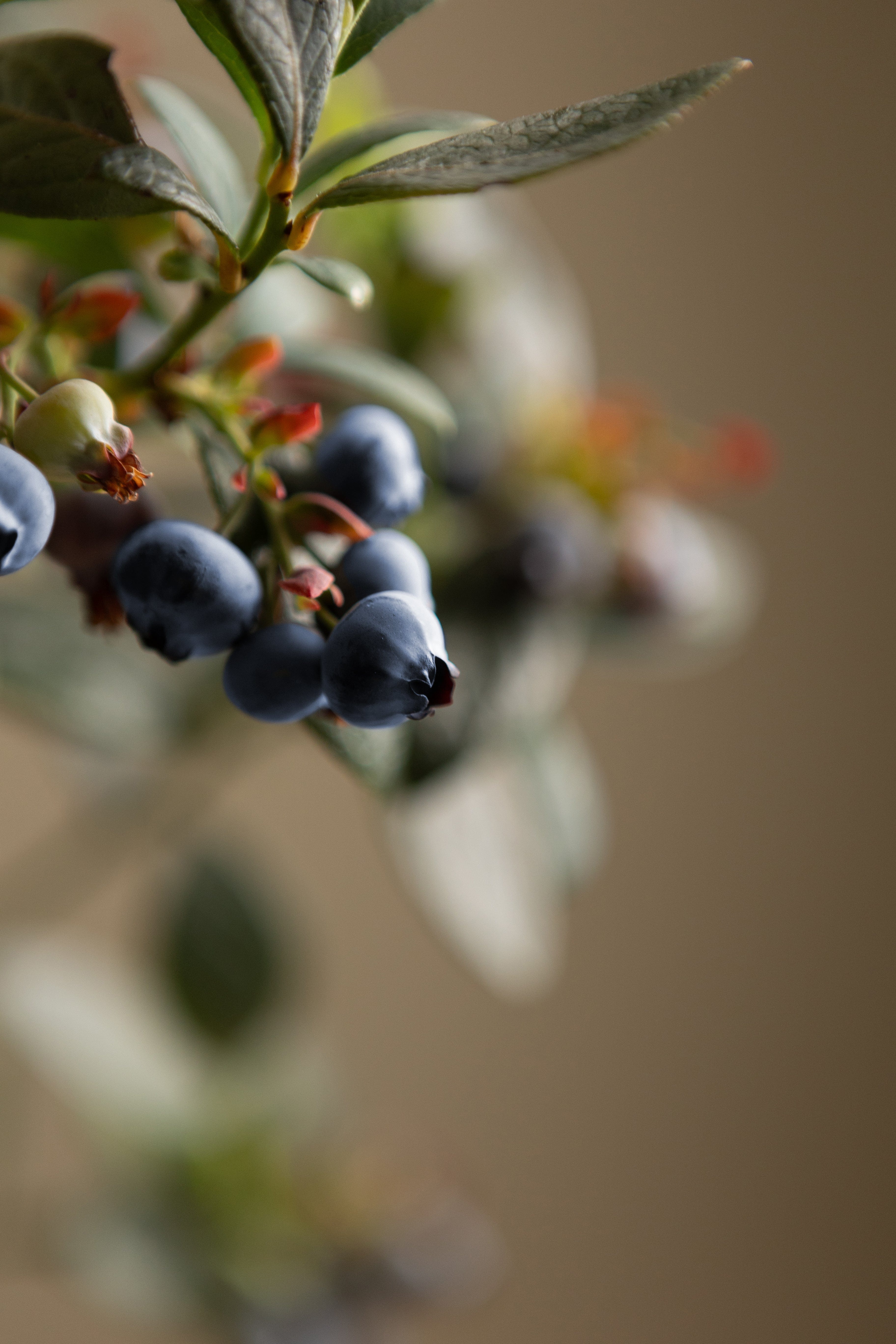
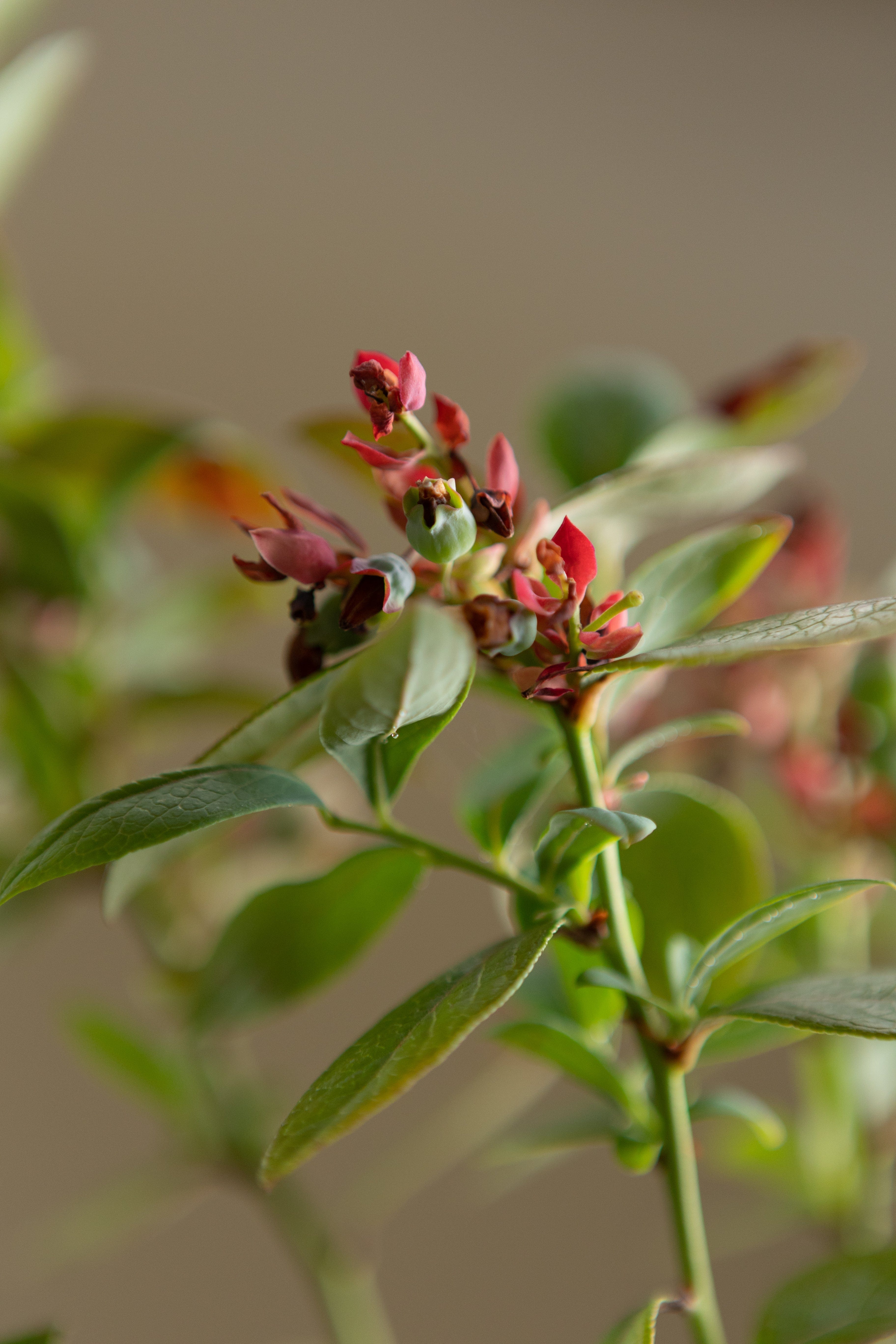
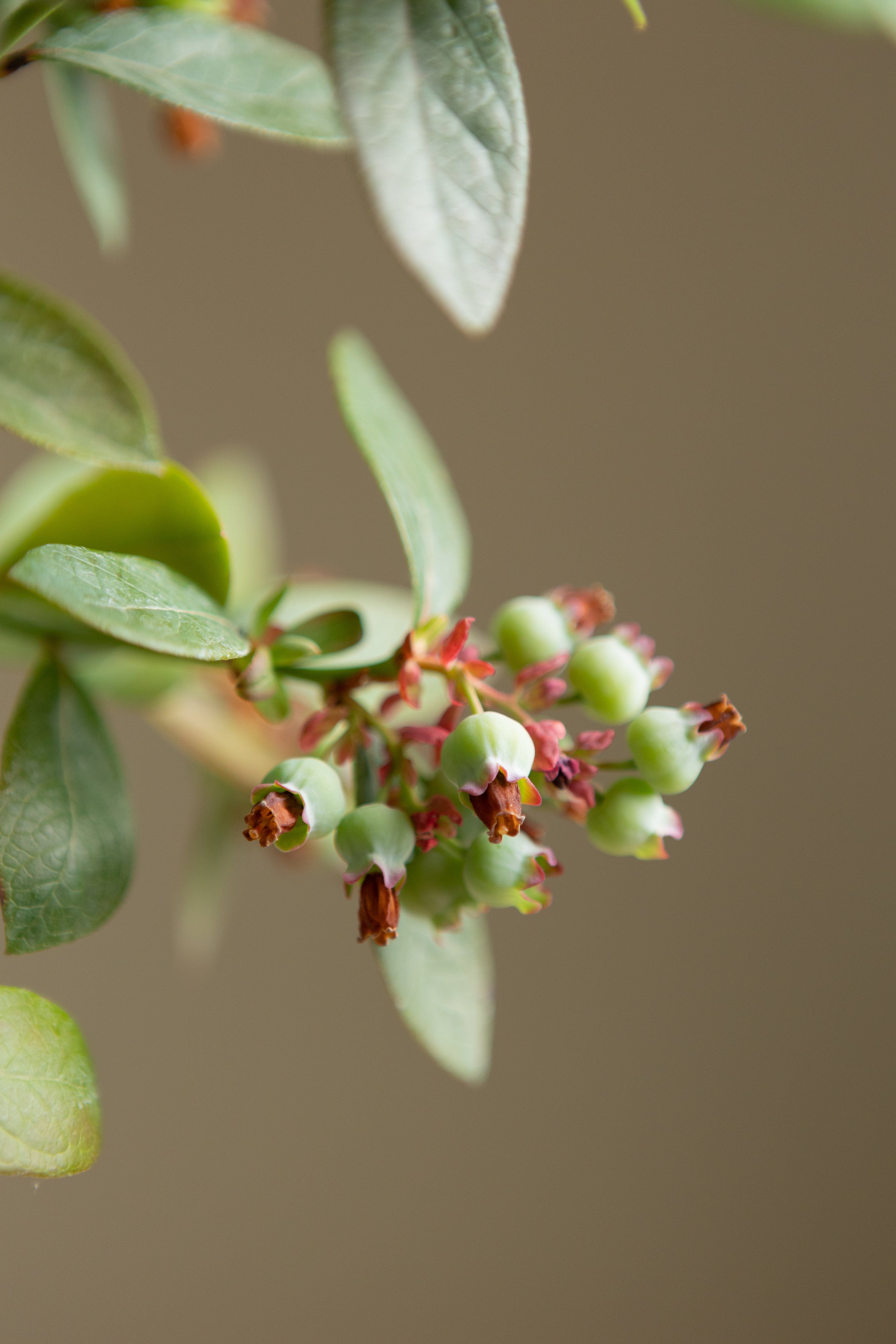
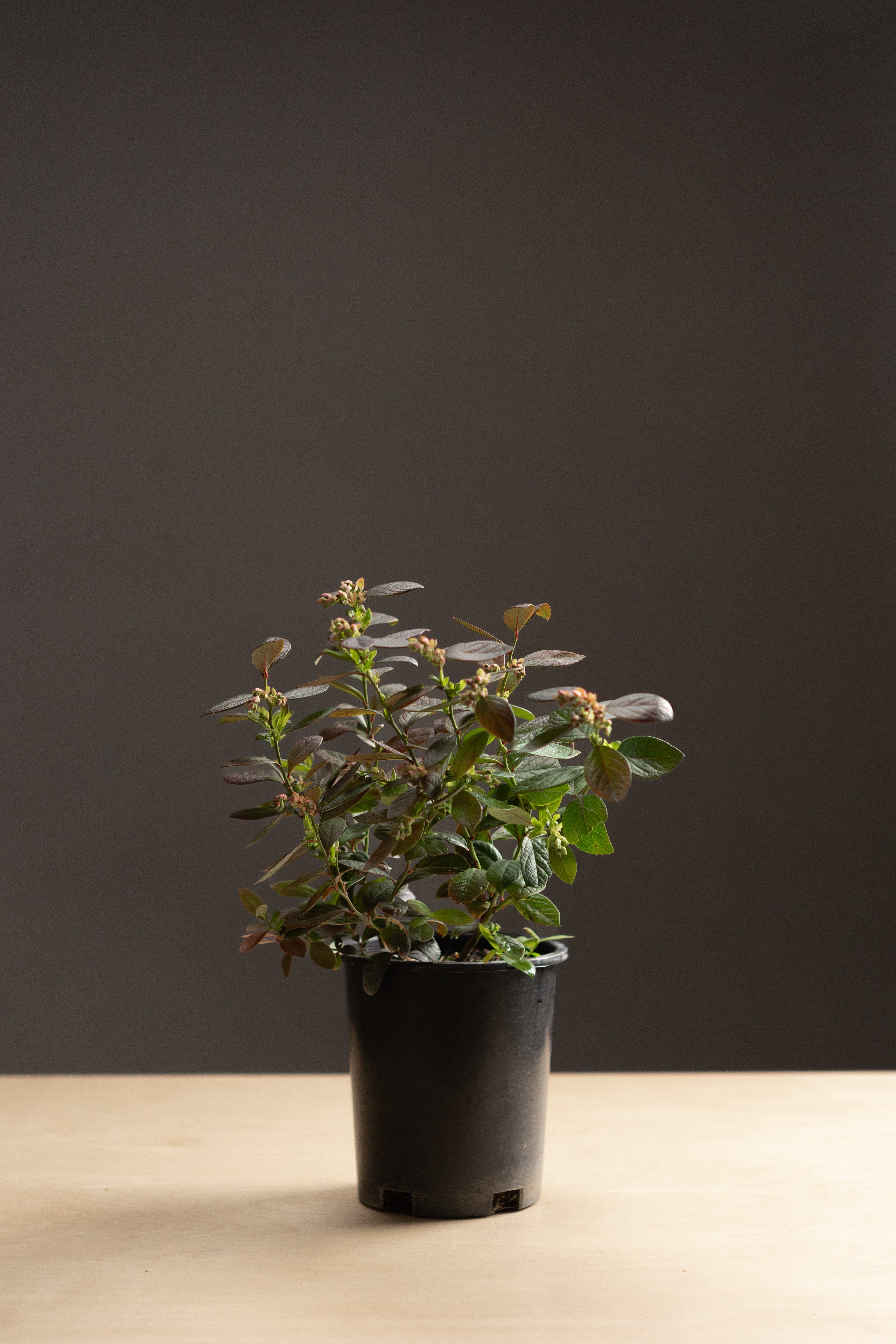
Blueberry
This Southern Highbush variety thrives as a beautiful evergreen bush, maxing out at about 5' tall. The bright blue-green foliage provides a perfect contrast to the hot pink spring flowers and the blue, sweet fruit.
Although known for its regular and abundant yields, you'll get even better production when planted with another variety.
SELECT YOUR KIT

PLANT ONLY:
$0.00
POTTING ESSENTIALS KIT:
$69.99

COMPLETE GROWER KIT:
$154.99
Plant Only + Complimentaries
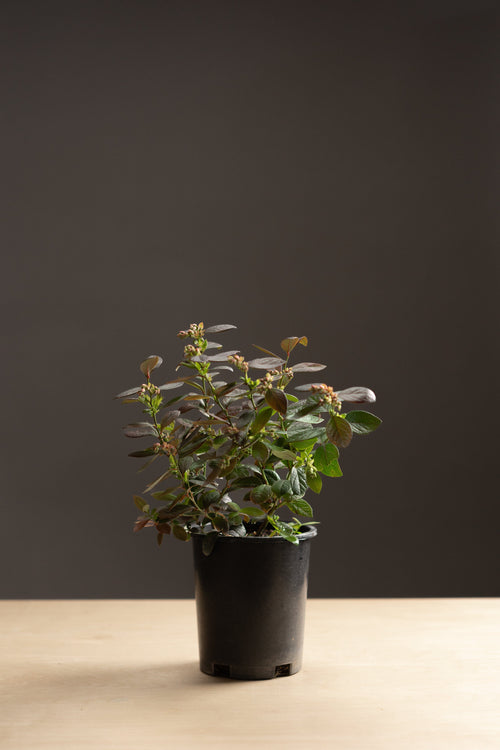
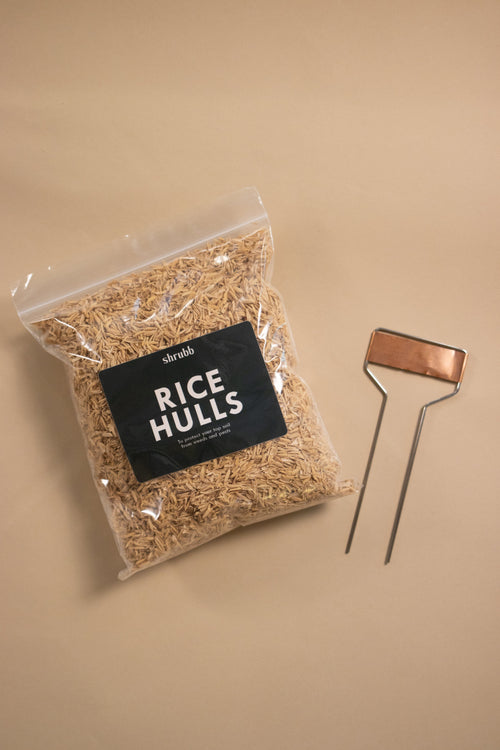
Blueberry + Potting Essentials Kit

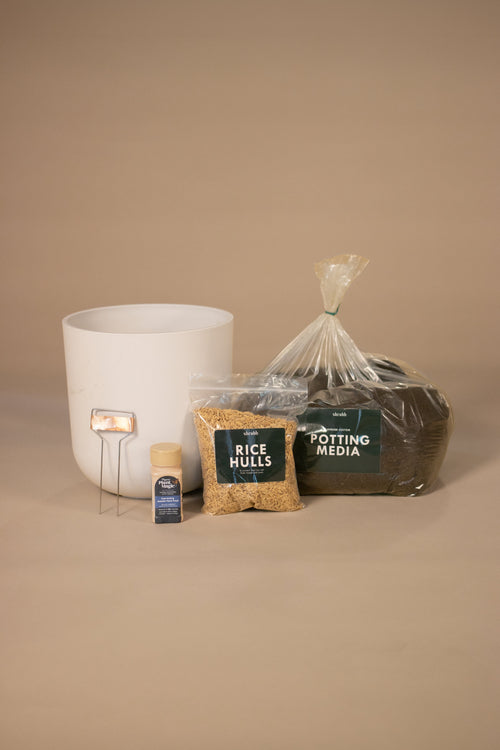
Blueberry + Complete Grower Kit

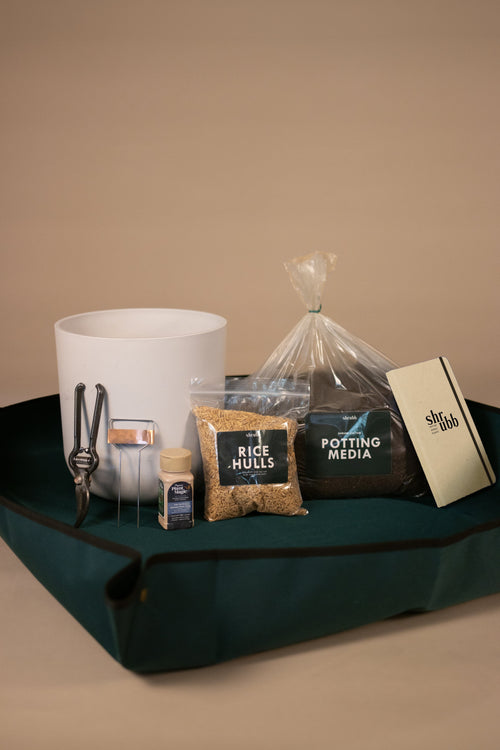
DO YOU WANT TO INSURE YOUR PLANTS?
Get plant insurance to guarantee a free replacement plant if yours dies within the first year. Read more about plant insurance here..

Where do I grow best?
How to care for me:

Partially Self-Fertile

Full-Sun

Water

Soil Nutrients

Chill Hours

Harvest

Pruning

Pests and Disease
Growing in Less Ideal Climates
While the region indicated on the map above specifies where this plant grows best, the virtue of growing plants in pots is that, with a little elbow grease, you can create your own environment. These are our tips for anyone attempting to grow alpine strawberries in other climates.

Colder Regions

Hotter Regions
